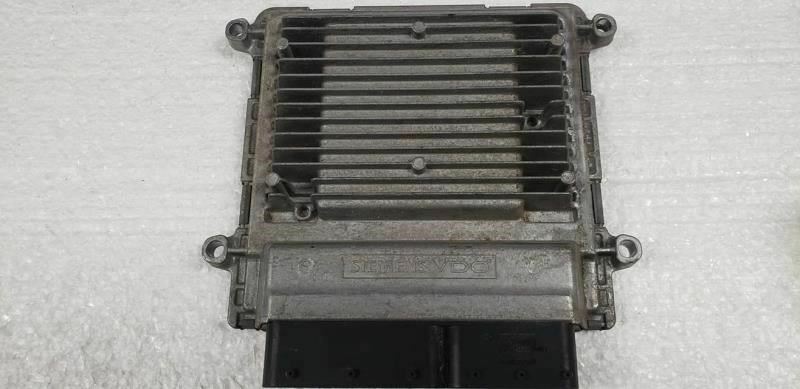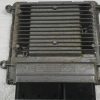Get Your Family’s Journey Back on the Road, Hassle-Free
Is your 2009 or 2010 Dodge Journey experiencing frustrating and unpredictable engine problems? Stalling at intersections, a persistent check engine light, or a complete refusal to start can disrupt your daily life and compromise your family’s safety. These are classic signs of a failing Engine Control Module (ECM), the central computer of your vehicle. Our pre-programmed ECM is the simple, reliable, and cost-effective solution to restore your Journey’s performance and your peace of mind.
Common Symptoms & Your Direct-Fit Solution
A failing ECM can manifest in numerous ways, often leading to confusion and expensive diagnostic bills. If you’re experiencing any of the following, our 2009-2010 Dodge Journey ECM is the definitive fix:
- Persistent Check Engine Light (CEL)
- Engine stalling or cutting out unexpectedly
- Rough or erratic idling
- Poor acceleration and loss of power
- Decreased fuel economy
- Vehicle won’t start, despite a good battery and starter
- Diagnostic trouble codes (DTCs) such as U0100, P0606, or other communication/processor faults
Instead of dealing with the high costs and programming complexities at a dealership, this unit provides a direct path to a running, reliable vehicle.
Features & Benefits
- ✔ Truly Plug & Play: This module arrives at your door fully programmed to your vehicle’s specific VIN and mileage. No additional, expensive programming or dealer visits are required. Simply install it, connect the battery, and turn the key.
- ✔ Guaranteed Compatibility: Engineered as a direct replacement for part numbers 68046281AB, 05150472AA, 68046282AD, and many others, ensuring a perfect fit for your 2.4L Journey, Avenger, or Sebring.
- ✔ Restored Drivability: By replacing the faulty computer, you’ll resolve the root cause of poor engine performance, restoring the smooth acceleration and dependable operation you rely on for your daily commute and family trips.
- ✔ Complete Solution: This isn’t just a part; it’s a complete repair solution that eliminates the guesswork. It solves the complex electronic issues that can keep your vehicle off the road for weeks.
- ✔ One-Year Replacement Coverage: This unit is backed by our one-year replacement warranty, giving you confidence and security in your purchase.
An Expert’s Note on Programming
As a technician, one of the biggest hurdles in replacing a modern ECM is the programming. In the past, this required specialized, dealer-level scan tools and subscriptions, adding hundreds of dollars and significant time to the repair. Our process completely eliminates that barrier. We handle the complex programming on our end, so when the part arrives, it’s ready to integrate seamlessly with your vehicle’s existing systems, including the immobilizer and keys. This is the key that makes a driveway repair possible for a component that was once a dealer-only job.
Don’t let a faulty computer keep your reliable family vehicle parked. This pre-programmed 2009-2010 Dodge Journey ECM is the most efficient way to get back on the road safely and confidently. Order yours today and solve the problem for good.
Frequently Asked Questions
Is this ECM really “Plug and Play”?
Yes. We use the VIN you provide during checkout to flash the module with your vehicle’s exact software and security information. This means no additional programming is needed on your end. It is ready for installation right out of the box.
How do I provide my VIN and mileage?
You will be prompted to enter your vehicle’s VIN and current mileage during the checkout process. Please ensure this information is 100% accurate, as it is critical for correct programming.
Will this fix my check engine light?
If the check engine light is caused by a faulty ECM (as indicated by codes like P0606 or U0100), then yes, this part will resolve the issue. We always recommend having a certified mechanic diagnose the vehicle properly before ordering to ensure the ECM is the root cause of the problem.
What if my original part number isn’t 68046281AB?
This module is a direct replacement for a wide range of part numbers listed in the product details. As long as your vehicle is a 2009-2010 Journey, Avenger, or Sebring with the 2.4L engine, this unit is the correct, compatible replacement.
Do I need to perform any special “relearn” procedures after installation?
No. Because the unit is pre-programmed to your VIN, all necessary immobilizer and component data is already loaded. In most cases, you can simply install the part and start the vehicle. It’s a straightforward remove-and-replace process.


